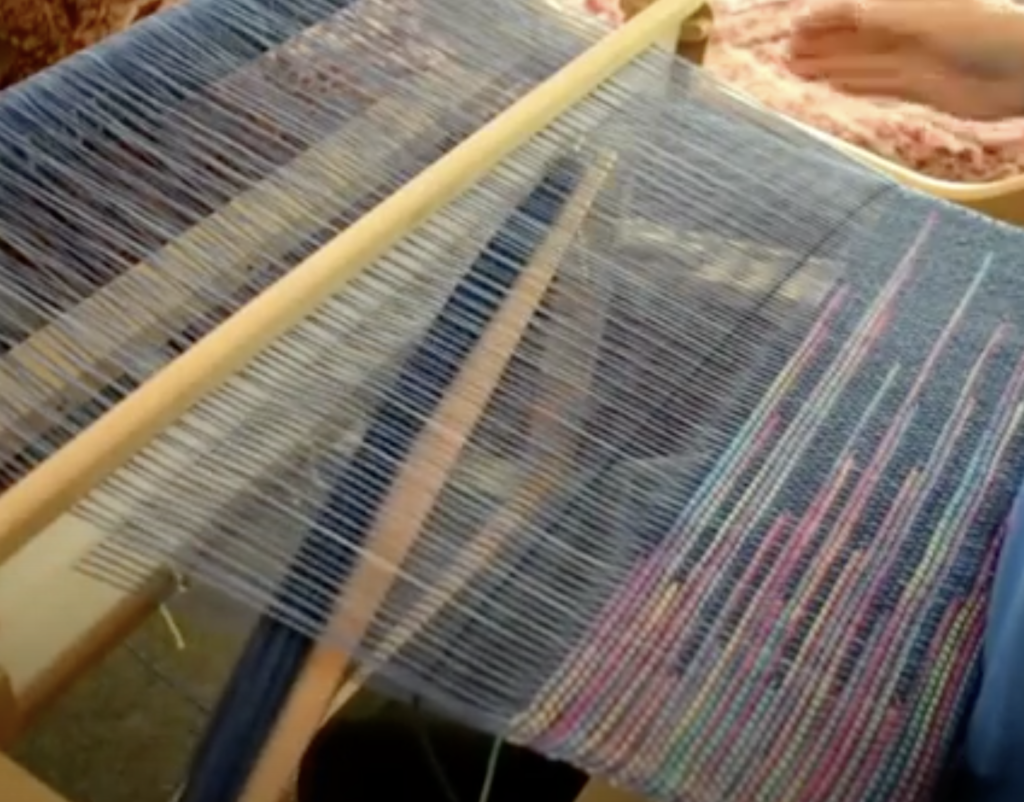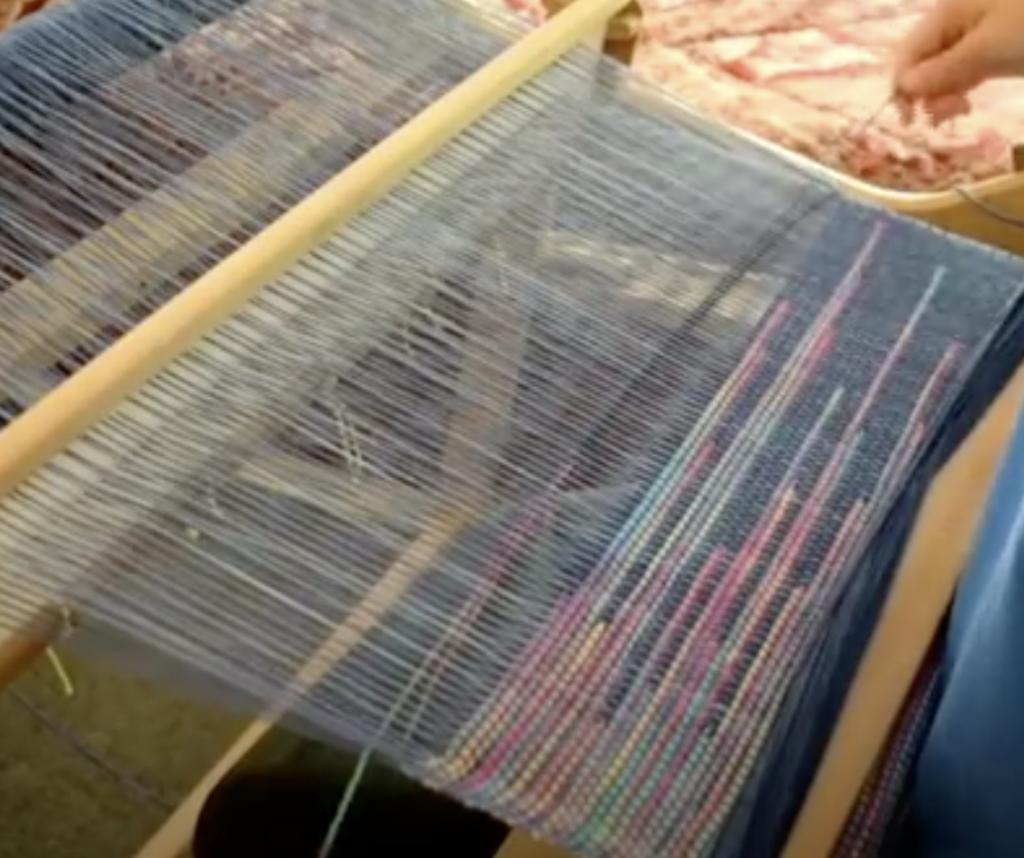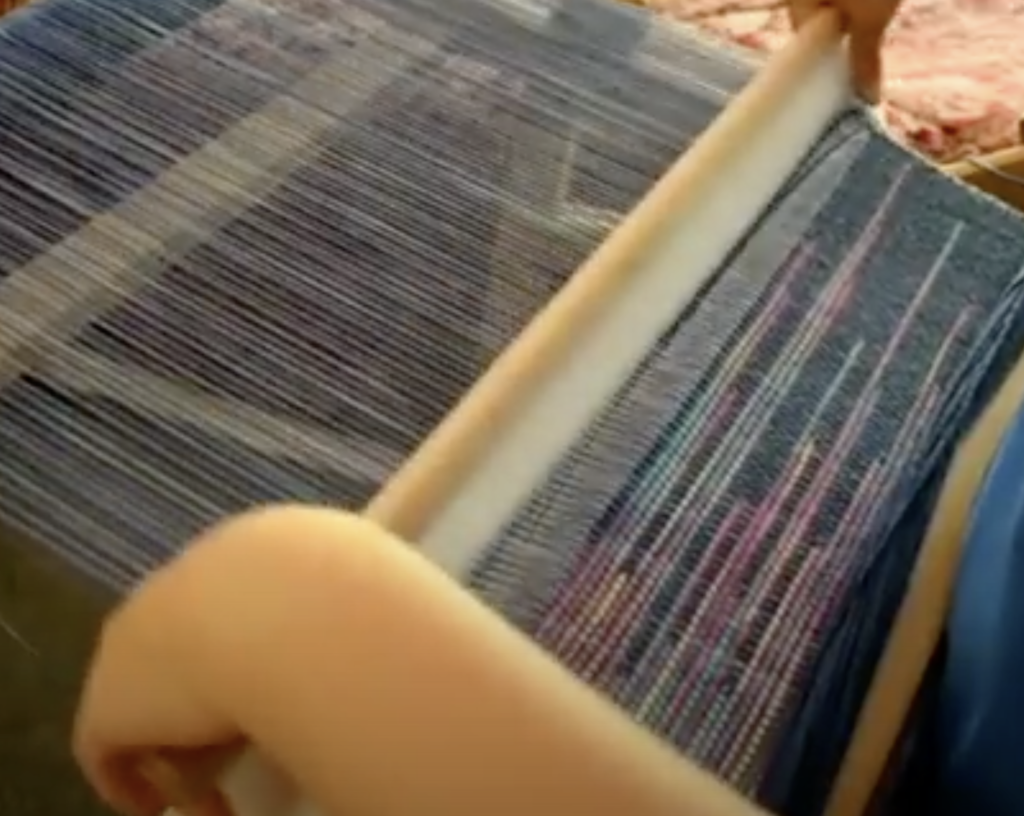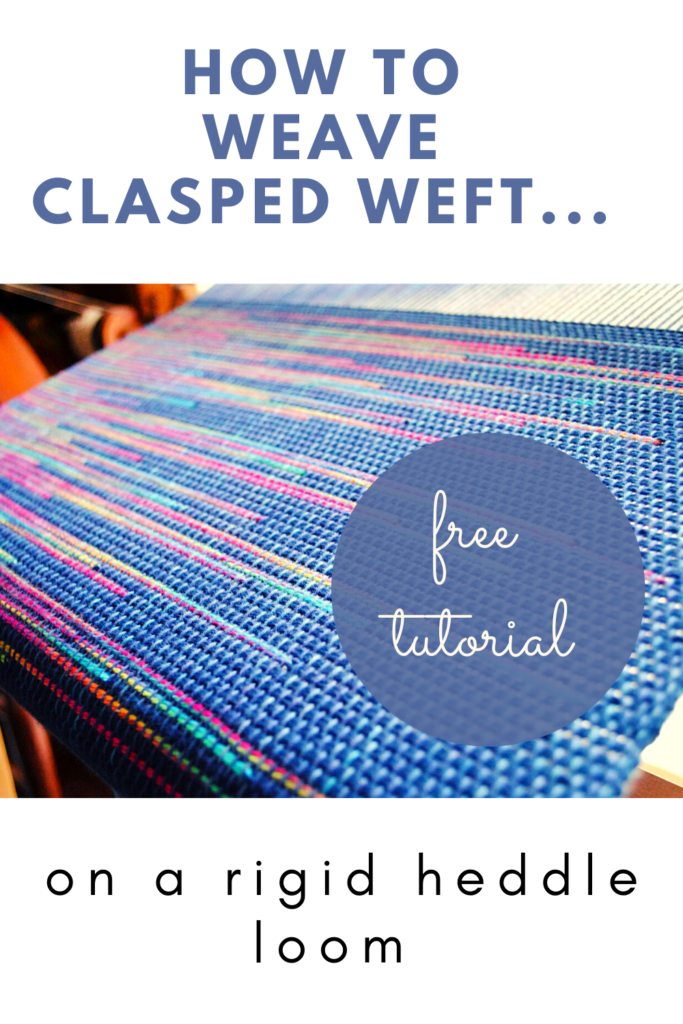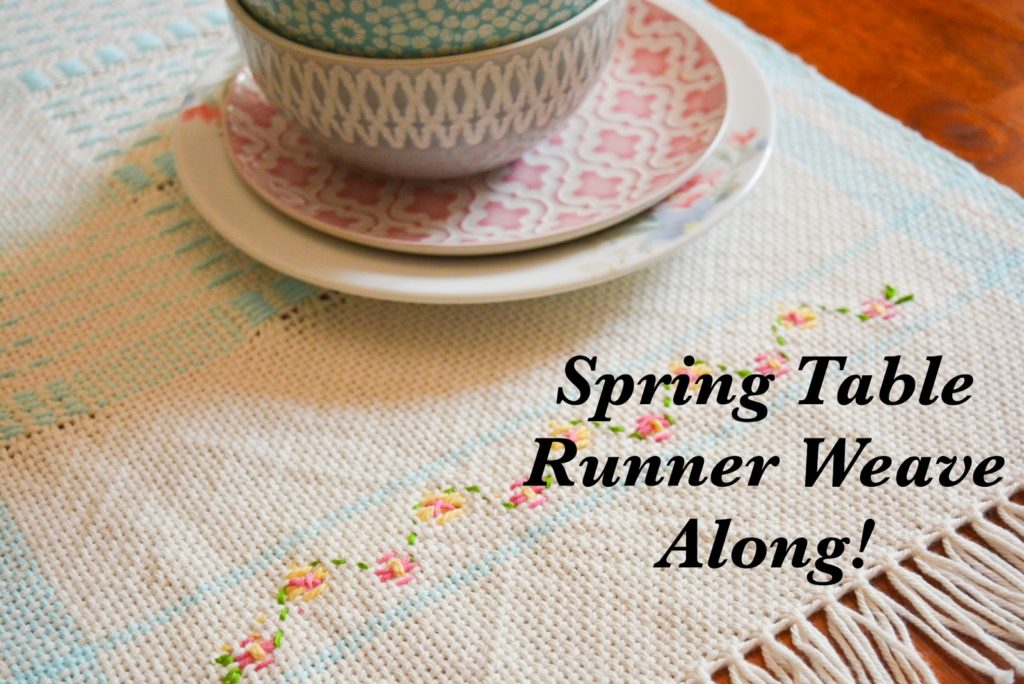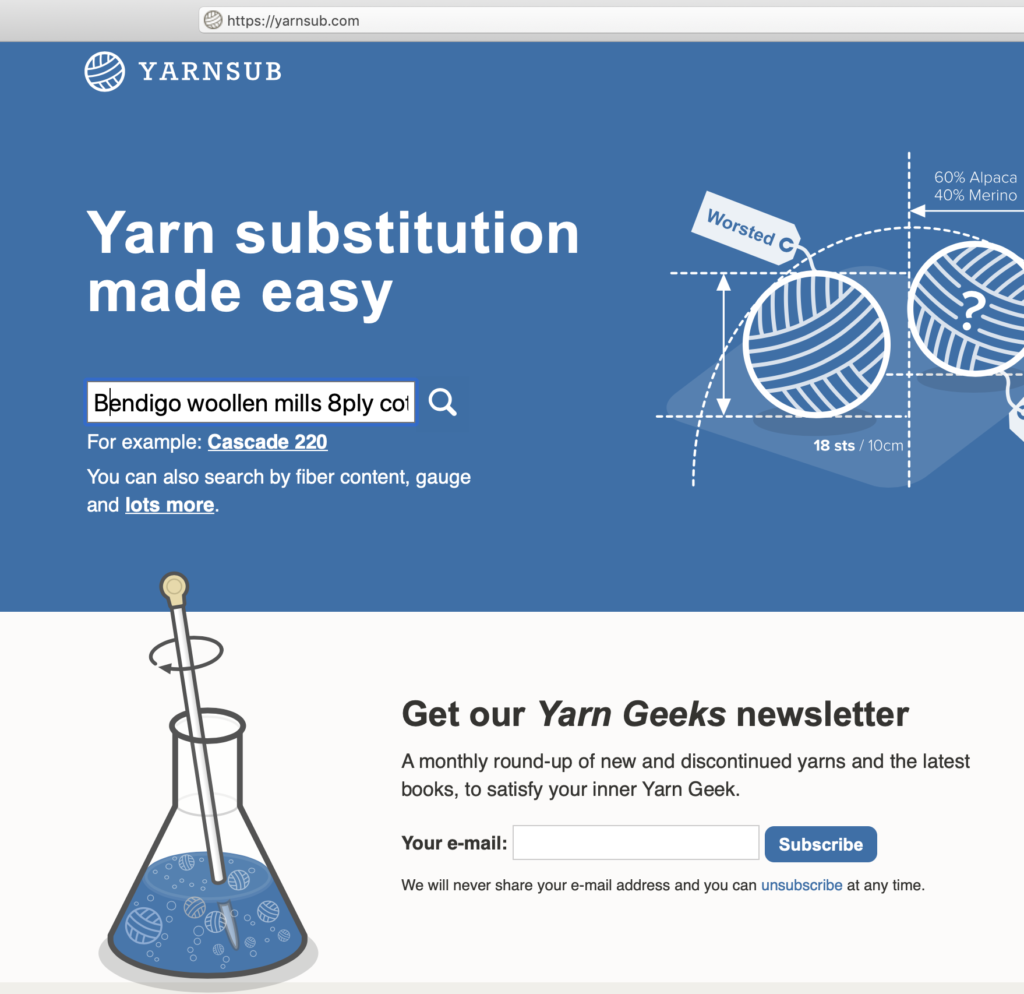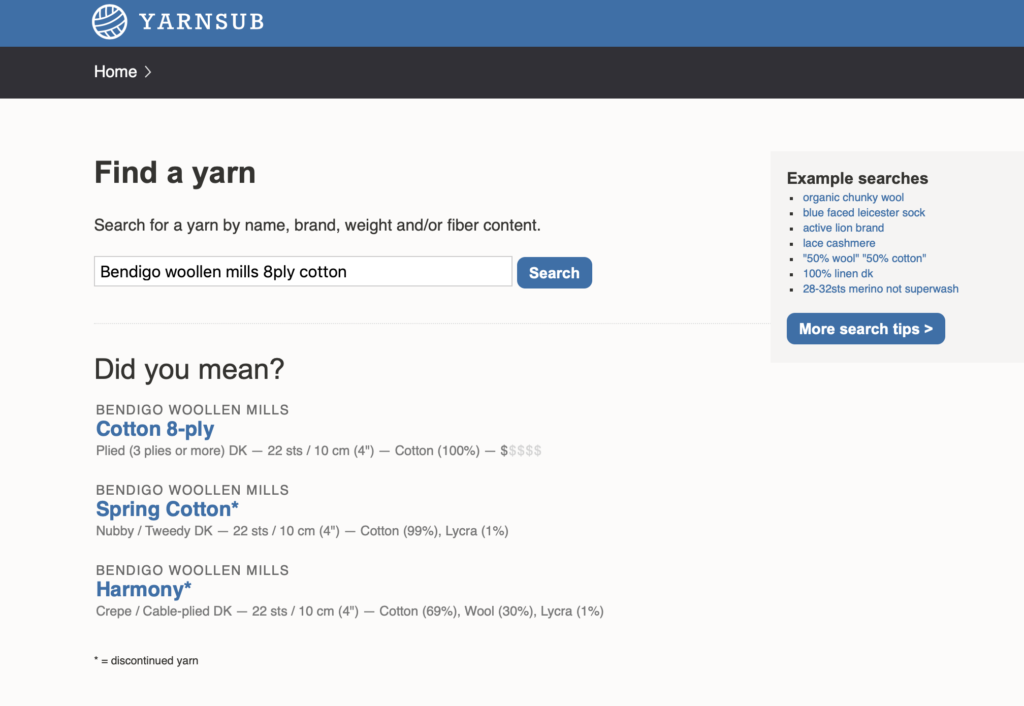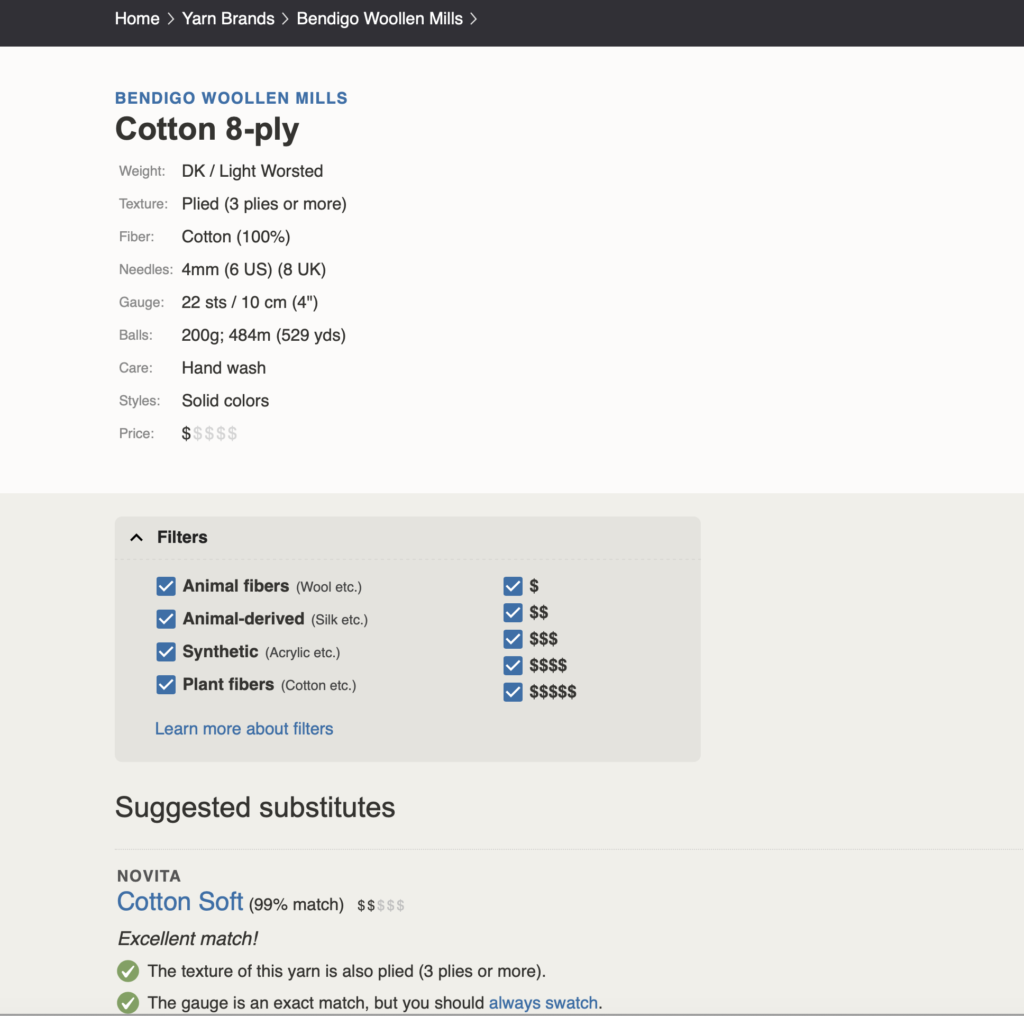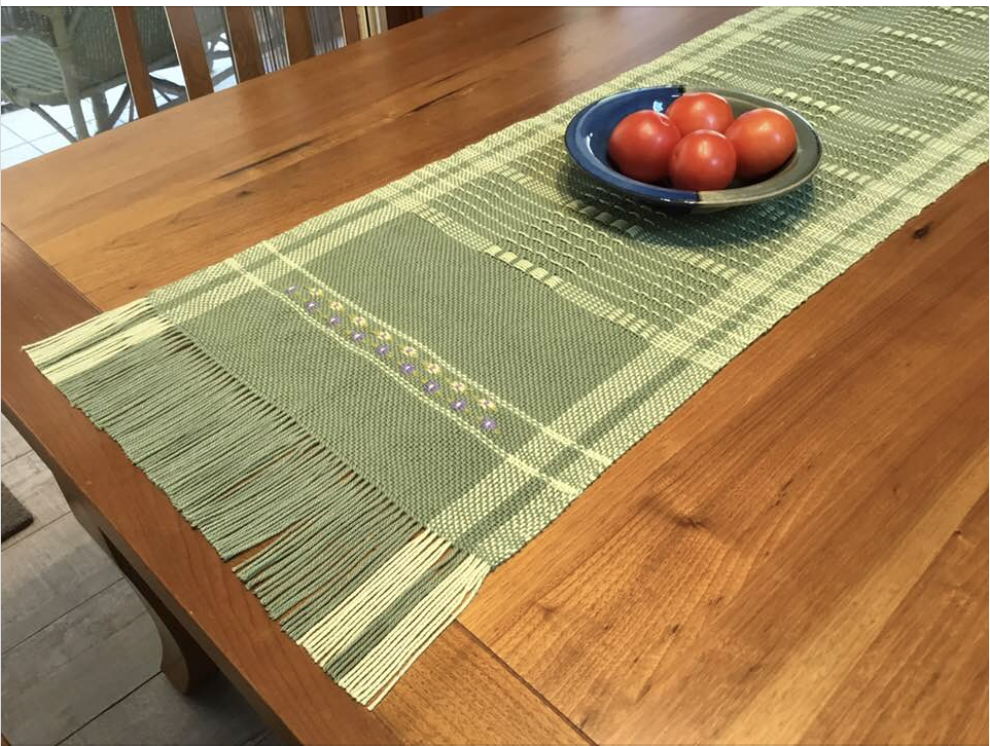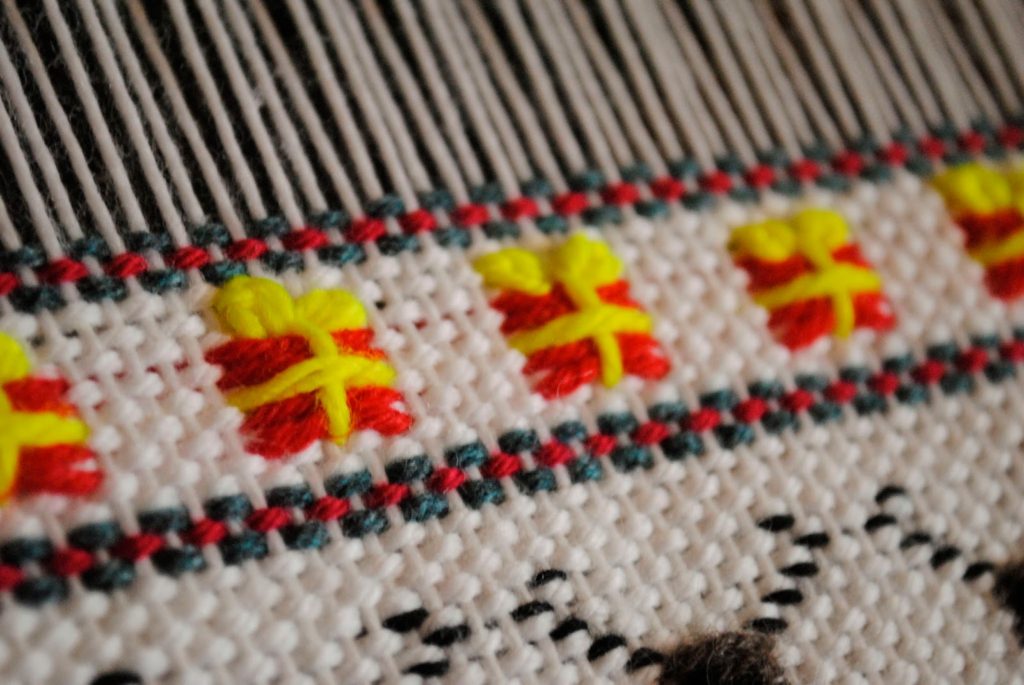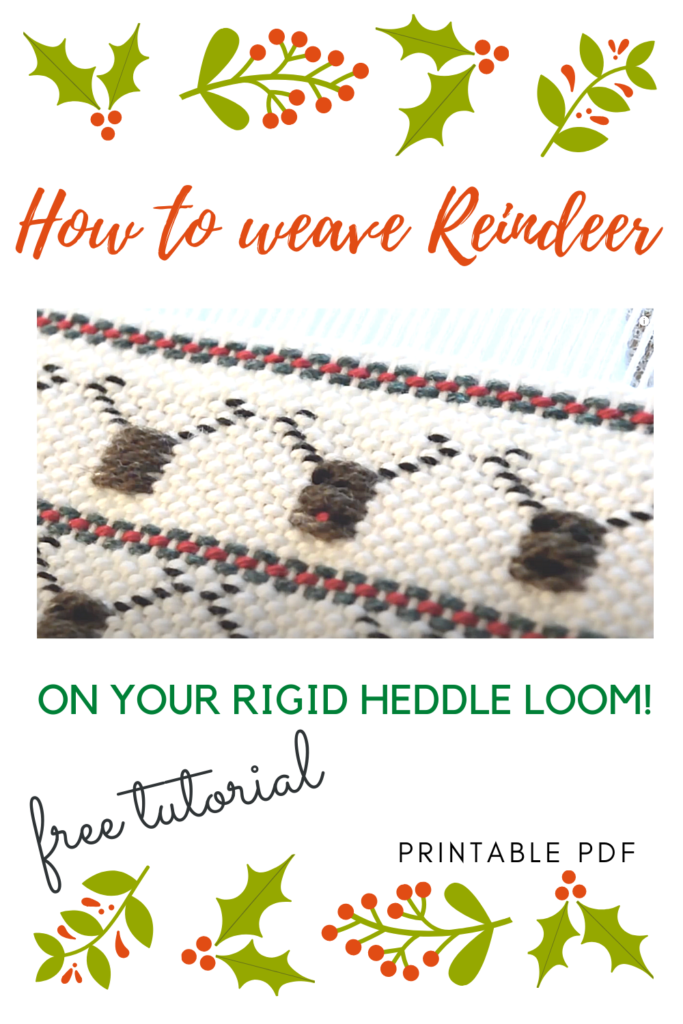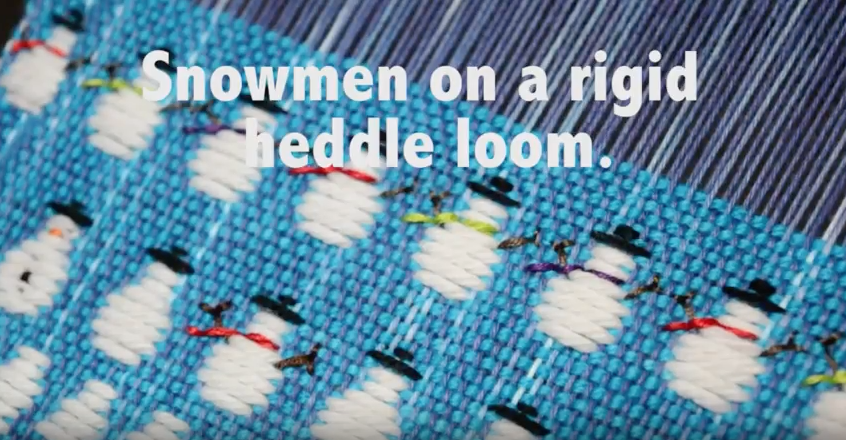It’s hard to know what to say about the present world situation. Strange. Unprecedented. Uncertain. At times, scary.
Many people throughout the world are in isolation or quarantine – some self imposed, others enforced. Countries in lockdown.
My mind can’t help thinking that it all feels very much like a suspense movie or novel. But no, this is the reality of 2020 and coronavirus for all of us. Strange times indeed!
Beyond the feeling of bewilderment though, is one of hope and unique opportunity. We may be isolated in our homes, but we live in the age of the internet, where it easy to stay connected to others and share burdens. Many people have more time than they usually would, to explore interests and hobbies. My Youtube channel and Online Weaving School are great places to be right now!
With that in mind, I have a new Youtube project that is long, slow and relaxing. We could all use a bit of that right now!
The project is inspired by the wonderful Van Gogh painting, The Starry Night. I have long admired this art work for it’s colours, movement and mood. I thought it would translate really well to a tapestry, not as a replica but as inspiration.
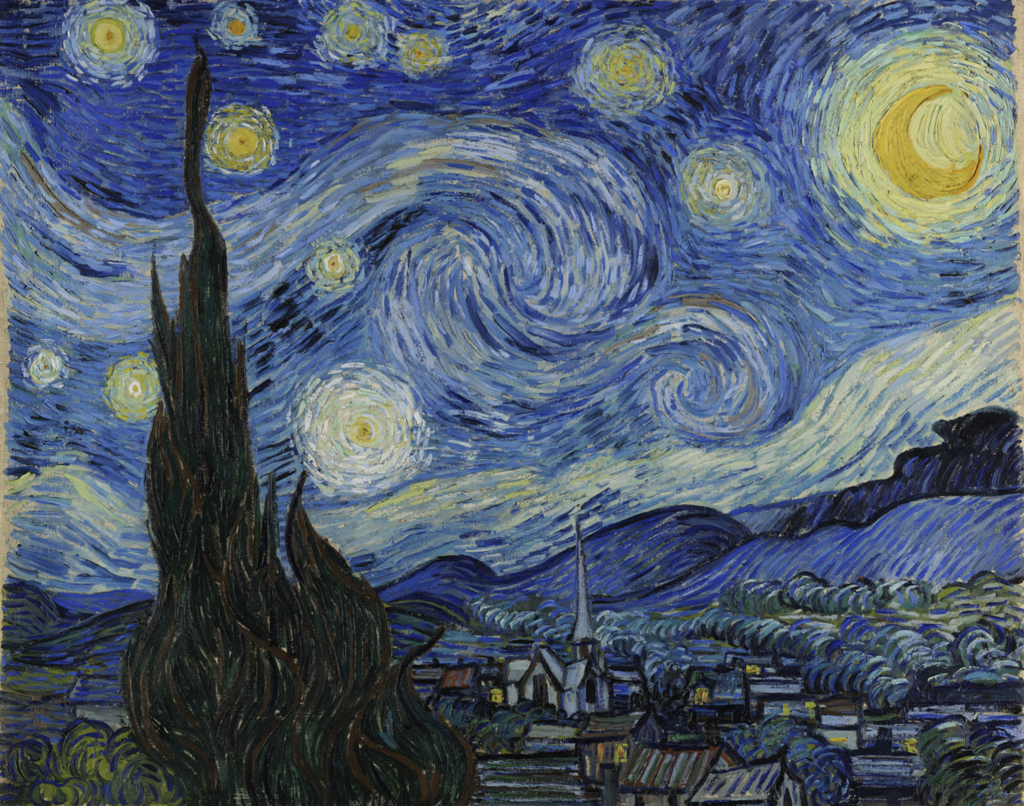
I thought this would be a great, calming project because it is adaptable, doesn’t require much planning, is relaxing and free flowing. Oh, and the idea is to use stash yarns so you don’t need to go out to buy more!
All the materials plus the warp calculations are provided in this printable PDF-
Some of my stash yarns included wool, cotton, silk, acrylic and handspun, tencel and metallic. Weights included 8/2, lace weight, fingering, light worsted/dk and aran. My favourite weight ended up being the fingering.
The video/s are mostly in real time, something I have not done before. It means long videos, but I was figuring some people might appreciate sitting and weaving with me at this time – step by step and no hurry. And I know how some of you love to know all the details.
Begin with video one, which explains my aims for the tapestry and shows you the yarns I used:
Some additional resources that are relevant and helpful are:
My first freestyle tapestry series for Youtube –
You may be interested in my online course, Tapestry on a Rigid Heddle Loom to learn traditional tapestry techniques.
Then there is my review of the Mirrix Big Sister Tapestry Loom –
And my Tapestry Necklace project –

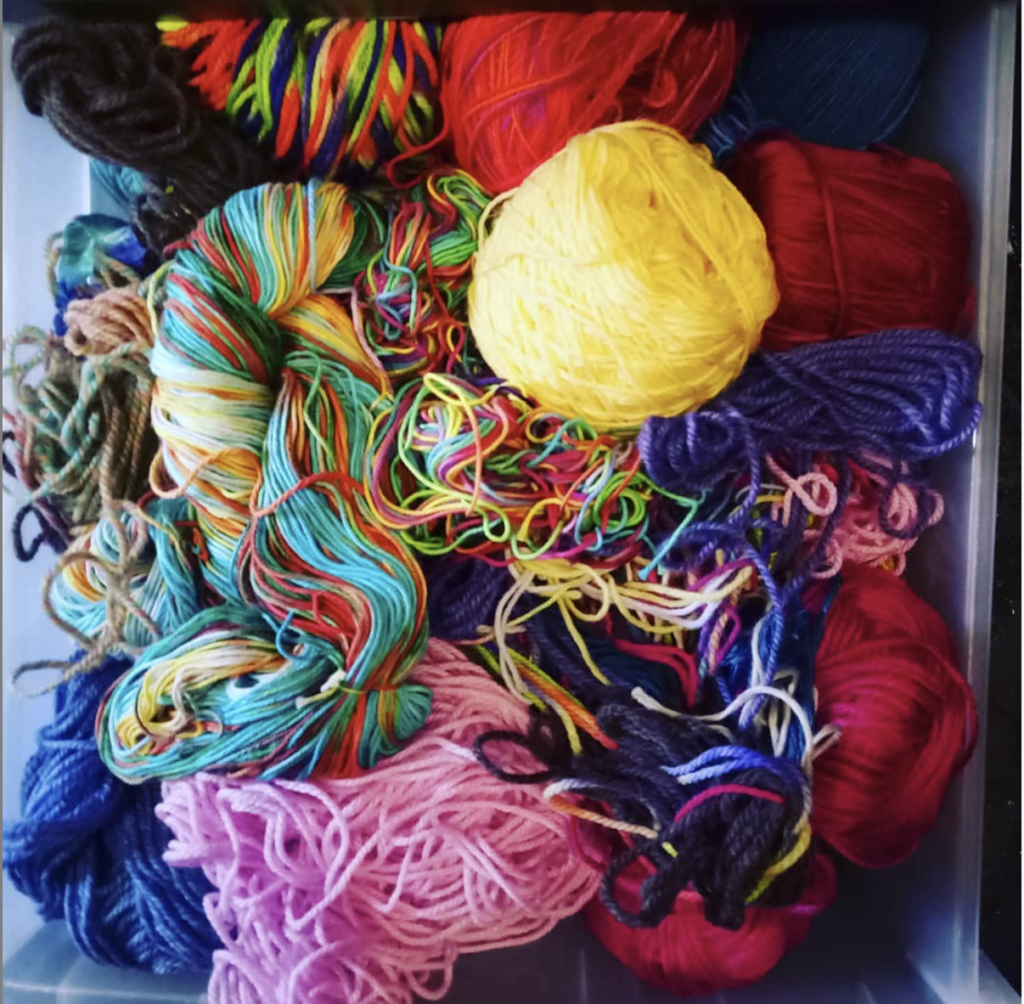
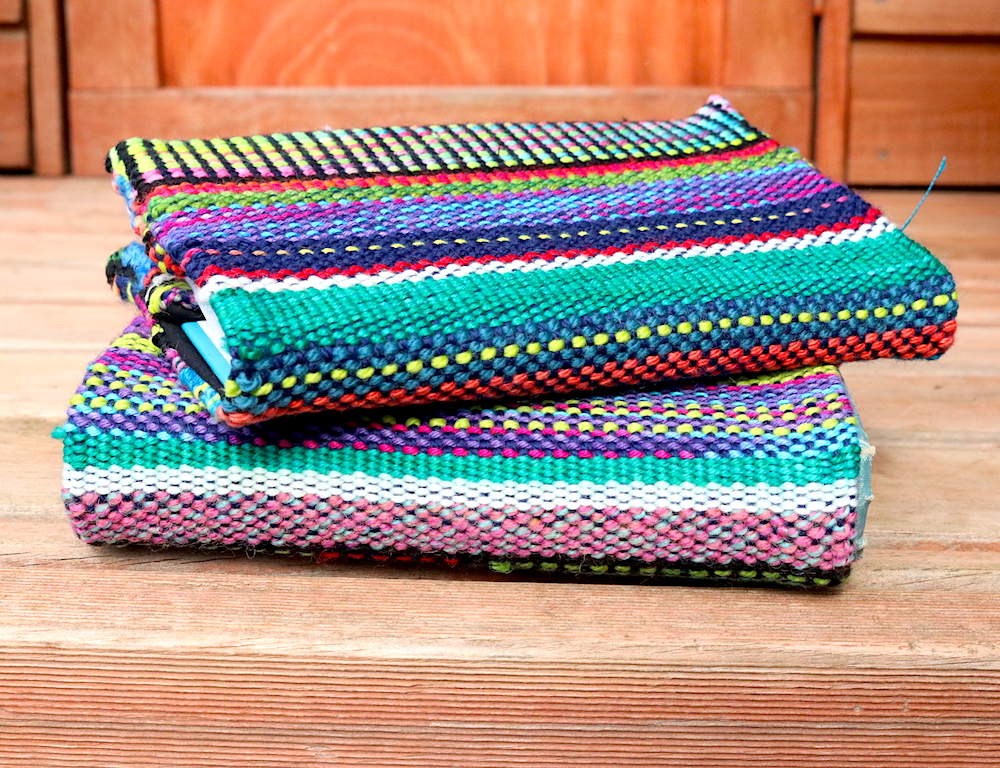
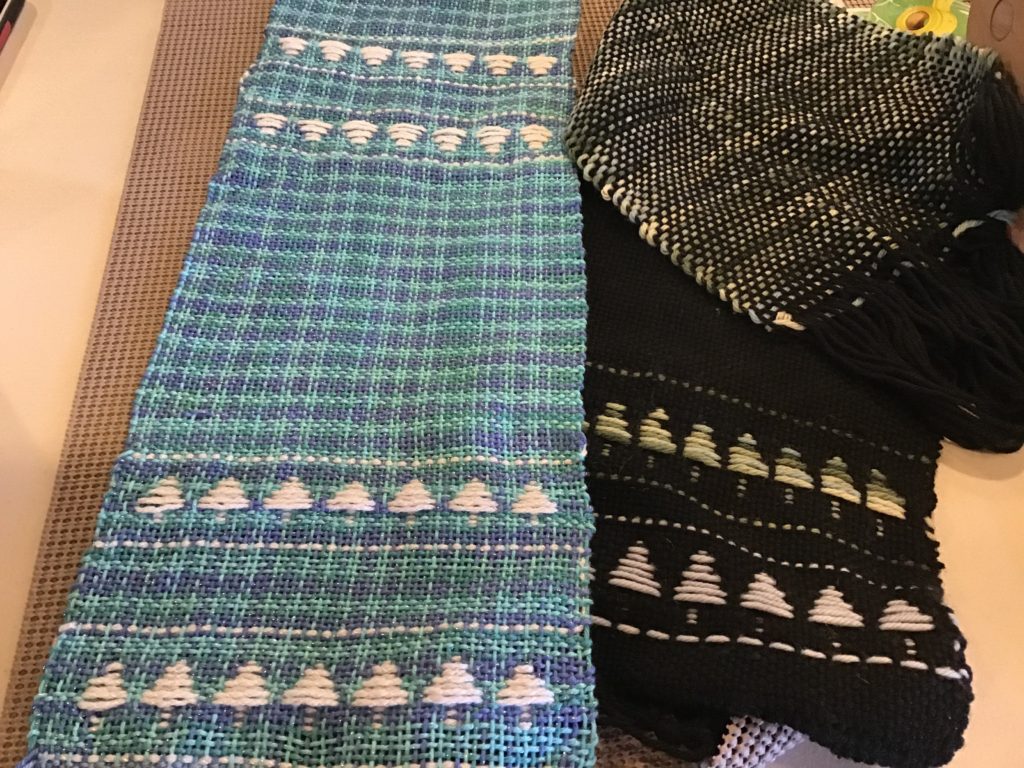

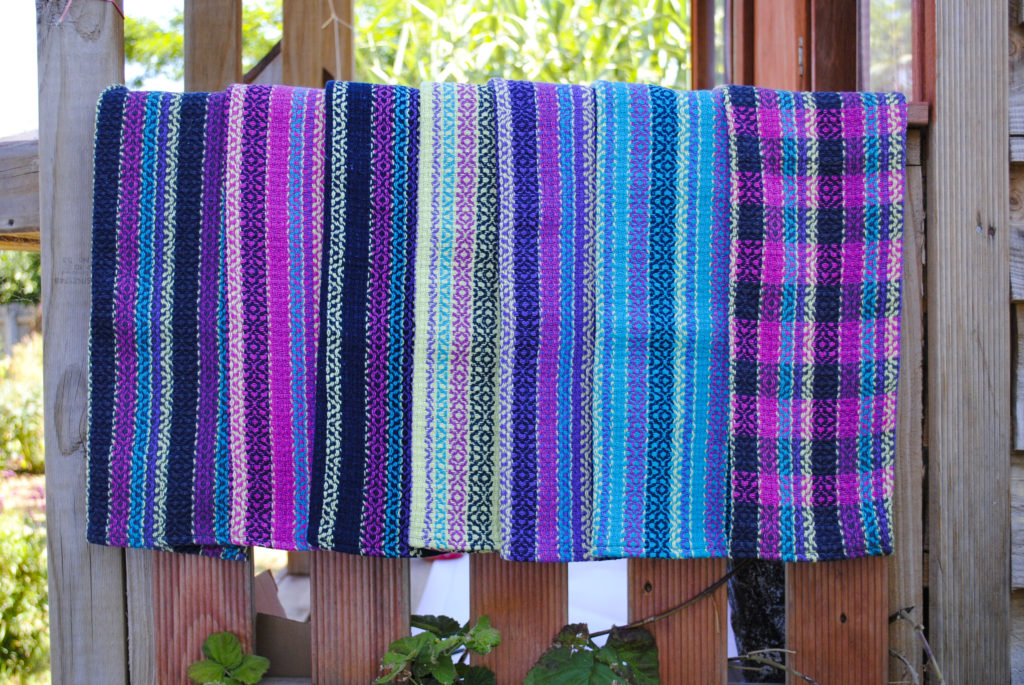
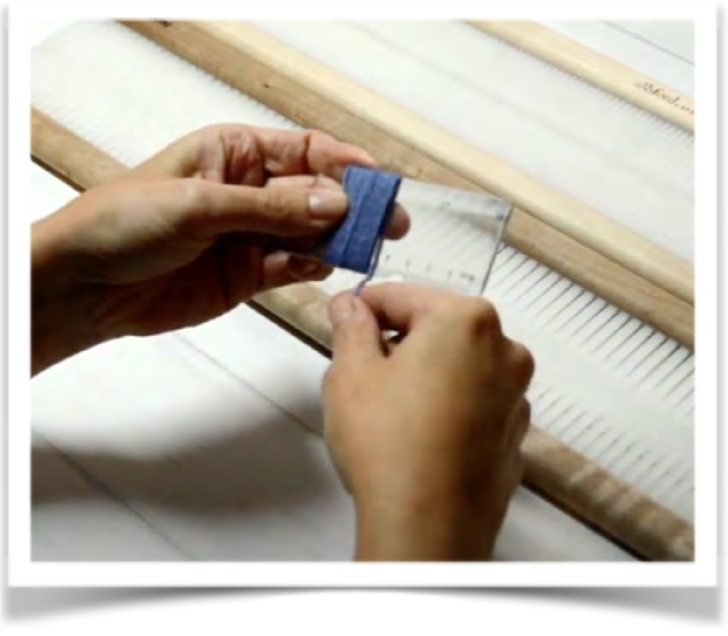
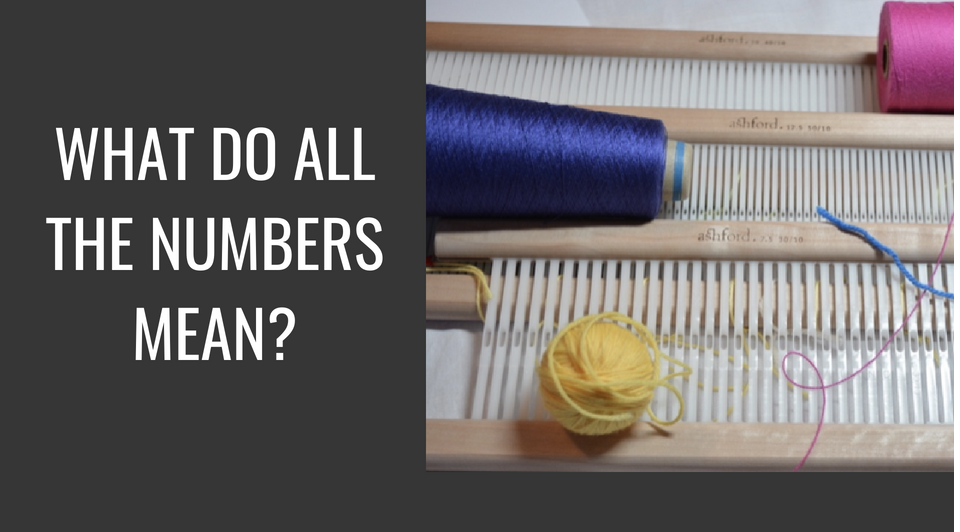
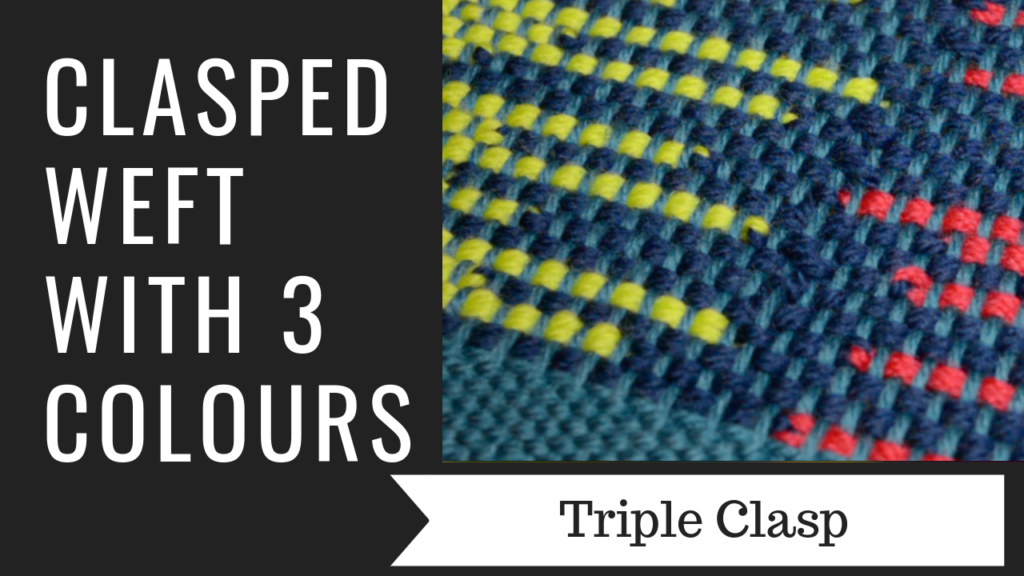
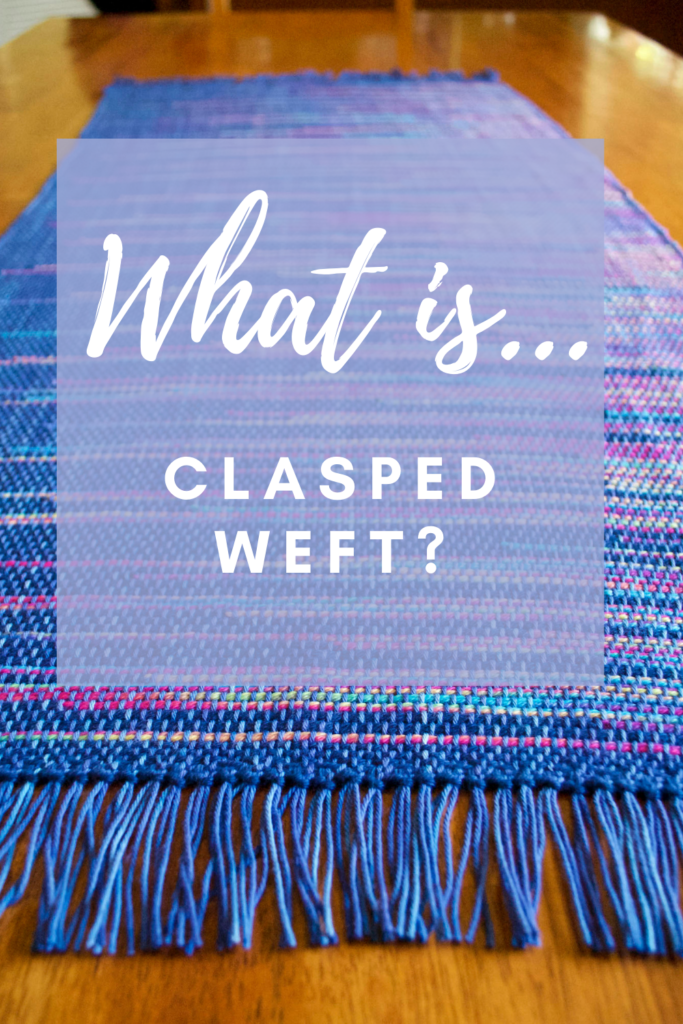

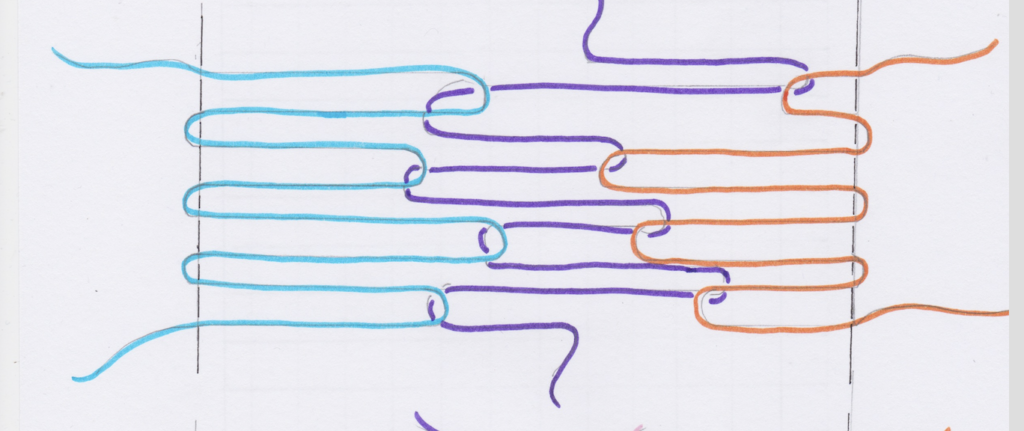
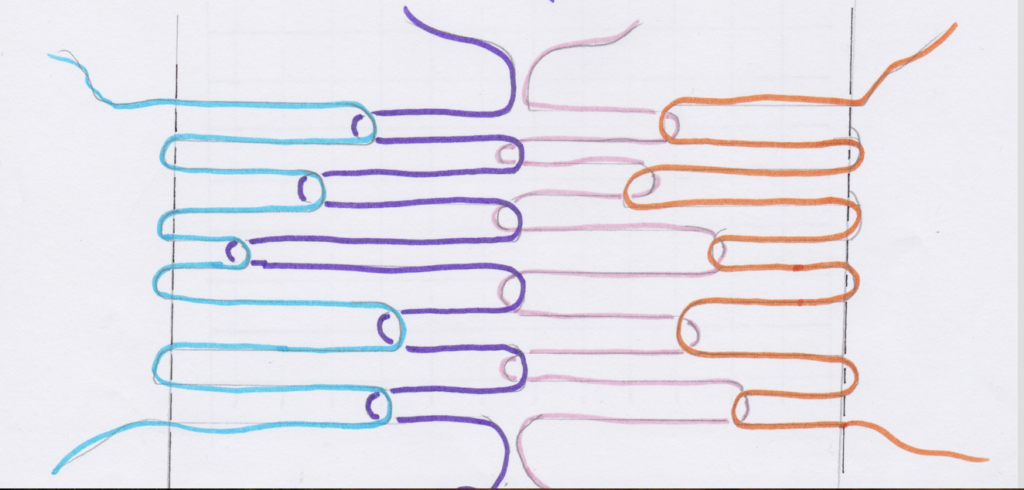
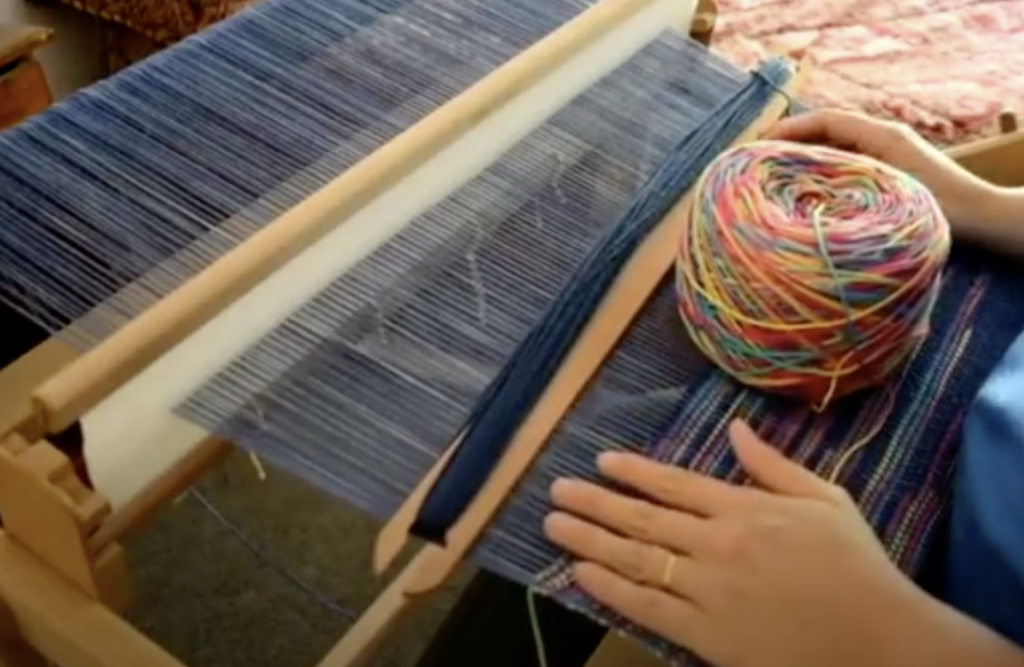
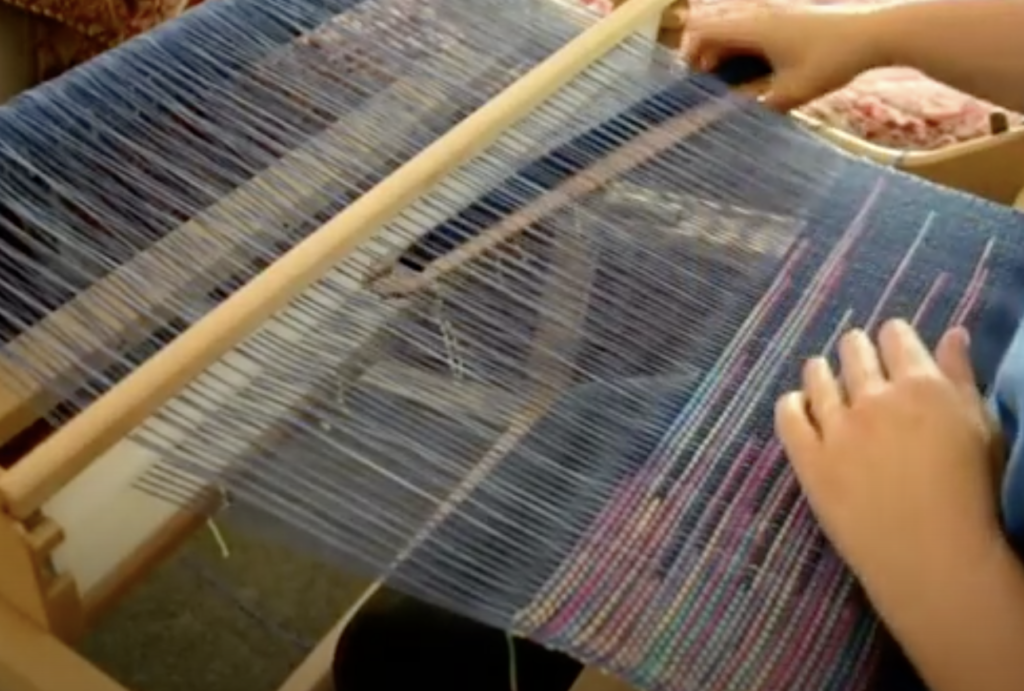
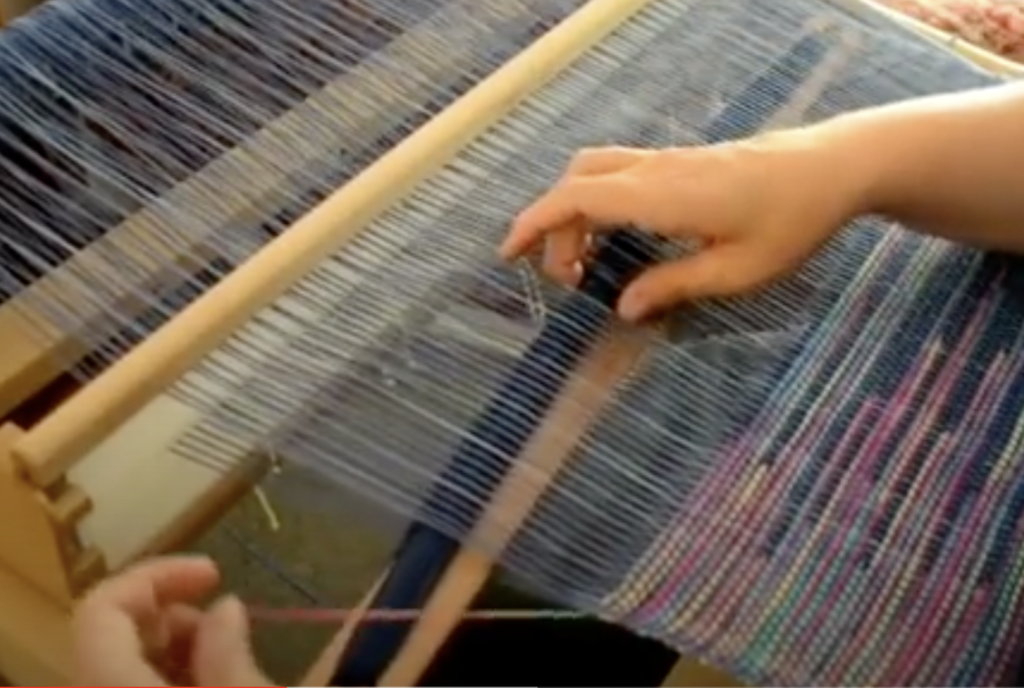
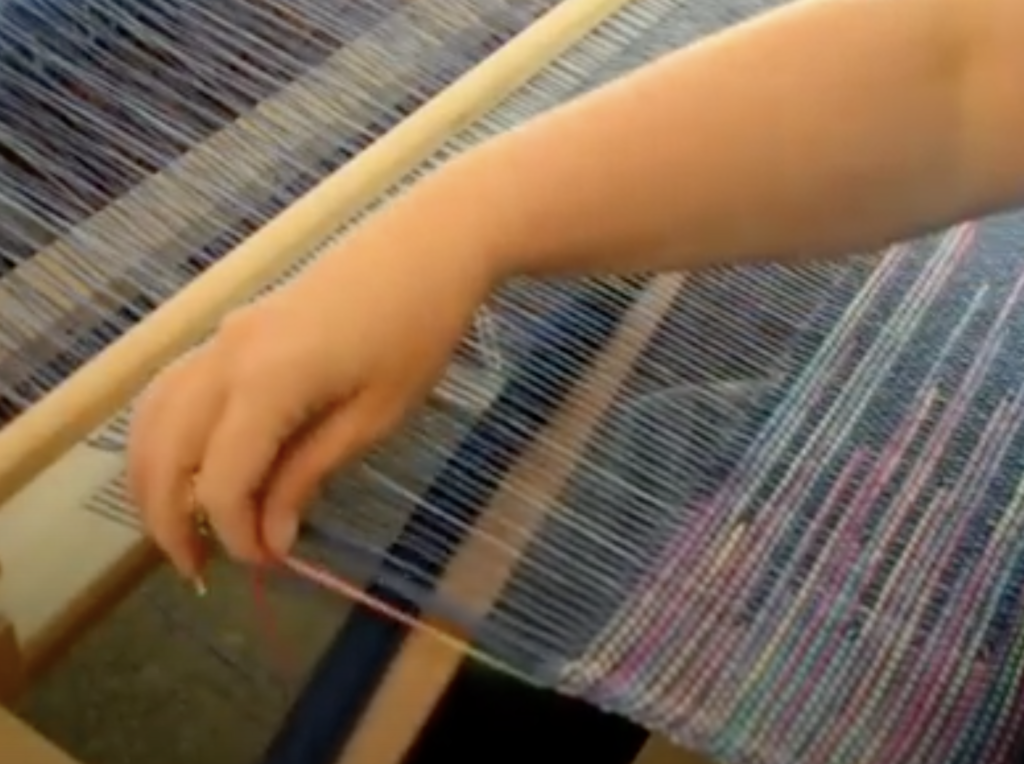
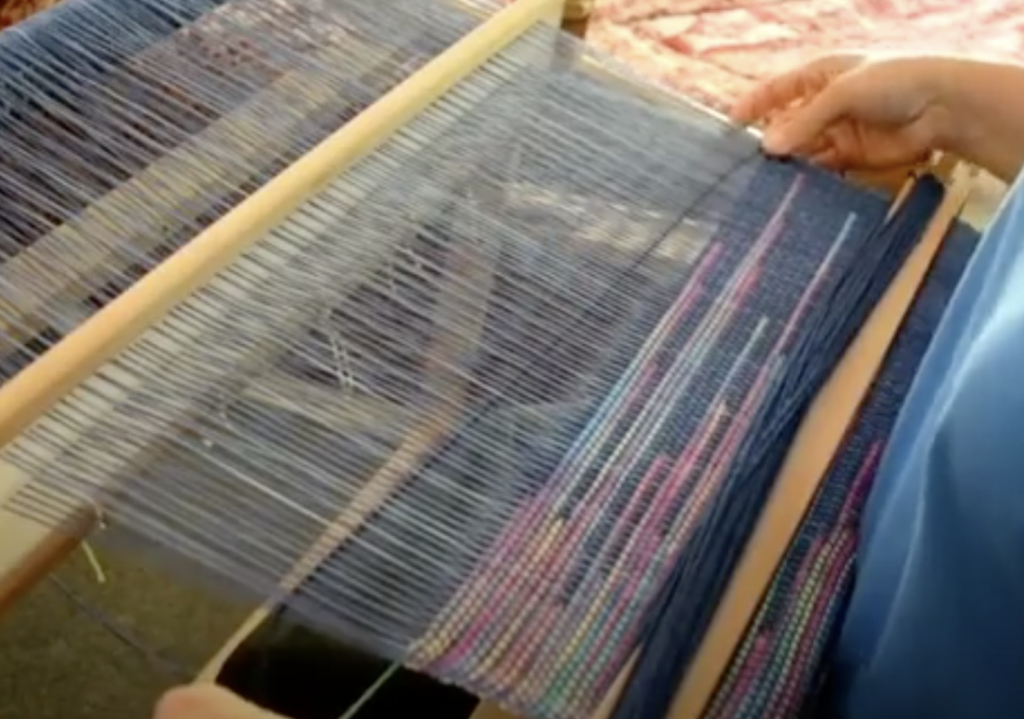 On the right hand side (where your shuttle entered), tidy up and prepare your weft yarn as though you’re going to beat the pick in. If you’re not familiar with how to do this, watch my free video on
On the right hand side (where your shuttle entered), tidy up and prepare your weft yarn as though you’re going to beat the pick in. If you’re not familiar with how to do this, watch my free video on 